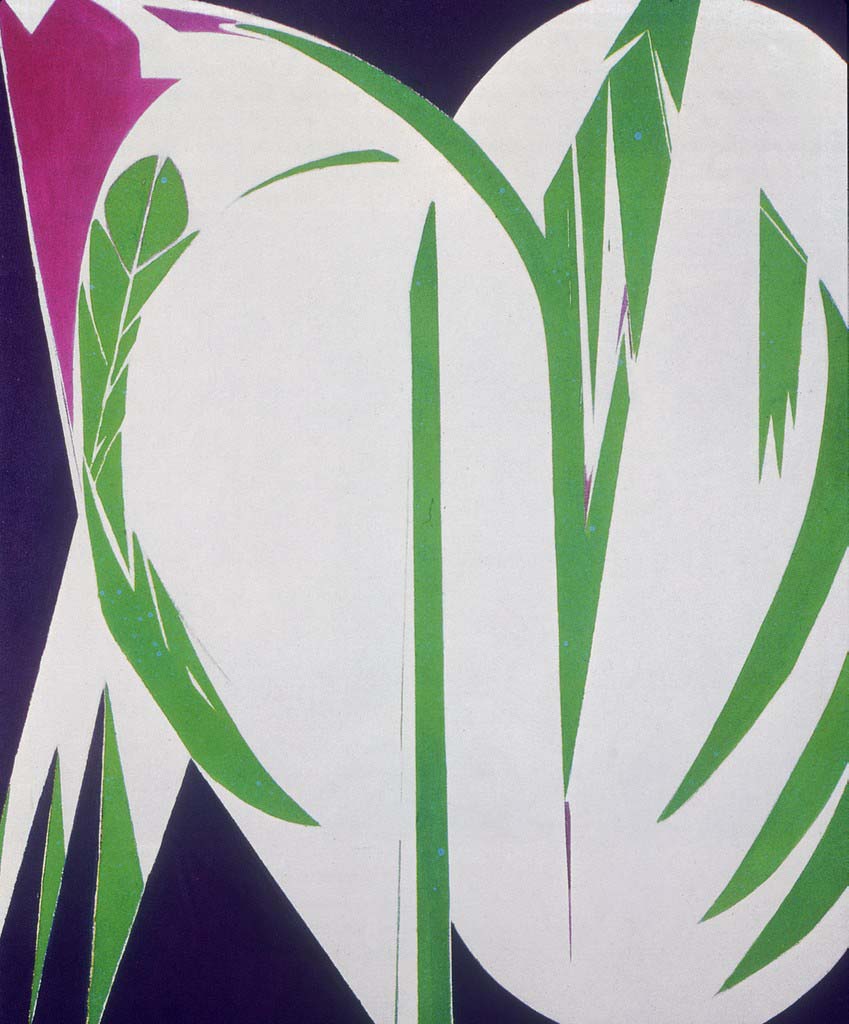
Whenever I’m in New York, the Metropolitan Museum of Art is a touchstone—a place I return to for inspiration, perspective, and grounding. It’s vast enough to always offer something new, and my personal favorites have a way of drawing me back. The five works below are connected to my life, my questions, and my experience of art as a way to understand ourselves and the world around us.
Some are iconic. Some might surprise you. All are worth seeking out.

This is one of my favorite paintings—ever. It’s hard to say exactly why, except that I’ve always shared how much I love nature and how much I love art. Somehow this work captures that infusion—of energy, growth, rhythm—in a way that few paintings do. You can feel something alive moving through it.
A pioneering Abstract Expressionist in her own right, Lee Krasner’s Rising Green is a work of vitality. Painted just a few years after the death of her husband Jackson Pollock, the canvas is large and lyrical, channeling both grief and regrowth. It’s a testament to her deep connection to the natural world and her own creative force.
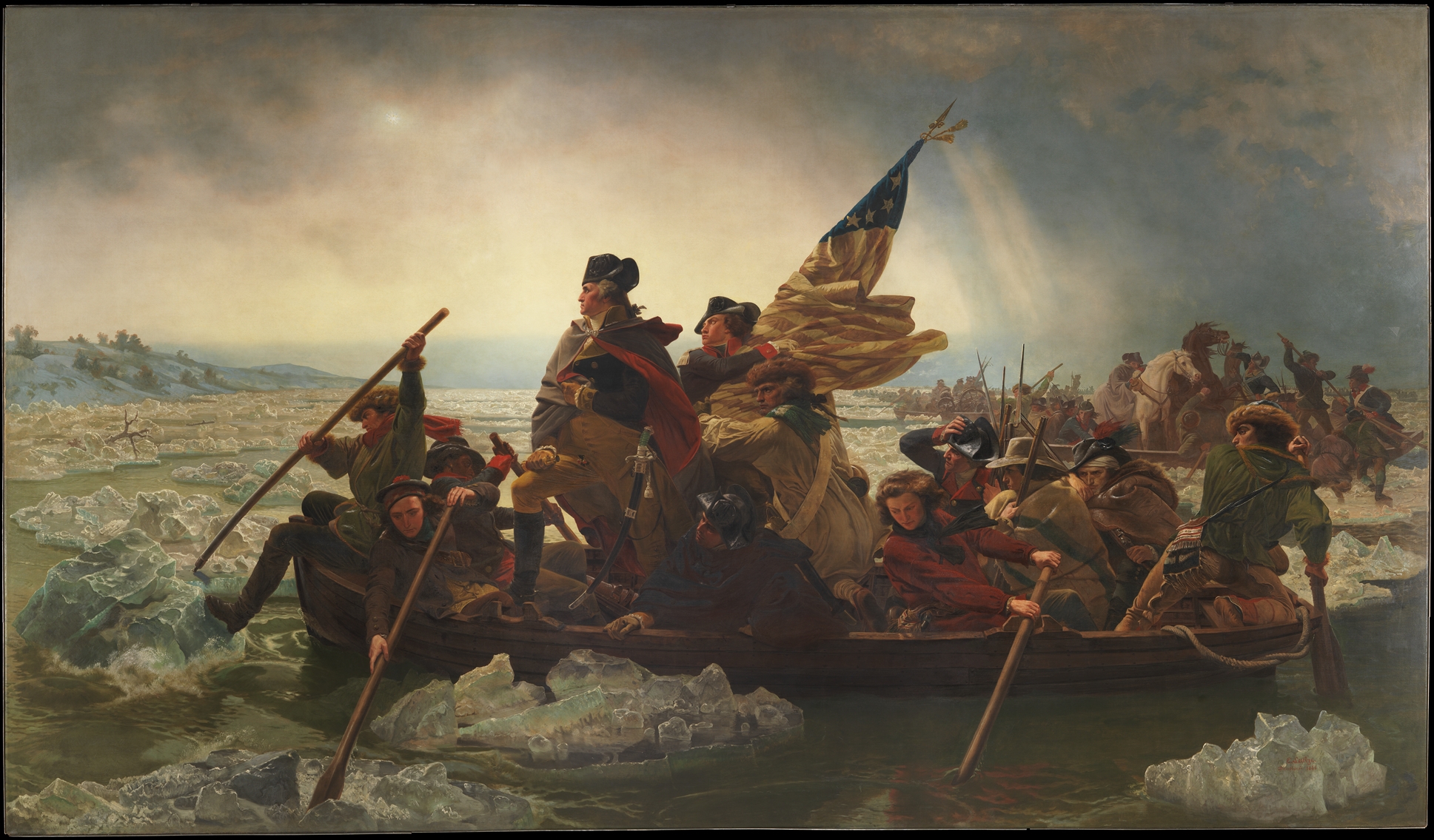
I probably would not have chosen this work myself but one of my closest friends and college roommates has worked at The Met for years. One day when the museum was closed I asked her to take me to see her favorite work in the collection and this was her selection. I love looking at art with other people as I always learn something new about the work and the person with whom I am looking!
This painting is monumental, literally and figuratively. As a German-born artist working in America, Leutze created this dramatic and idealized vision of Revolutionary heroism during a time of European political unrest. It’s staged and theatrical—and also deeply effective.There’s something about the sheer audacity of this painting—the scale, the light, the posture—that captures the mythology of American beginnings. It’s not realism, but it is belief rendered at scale. Sometimes, art has to do that.
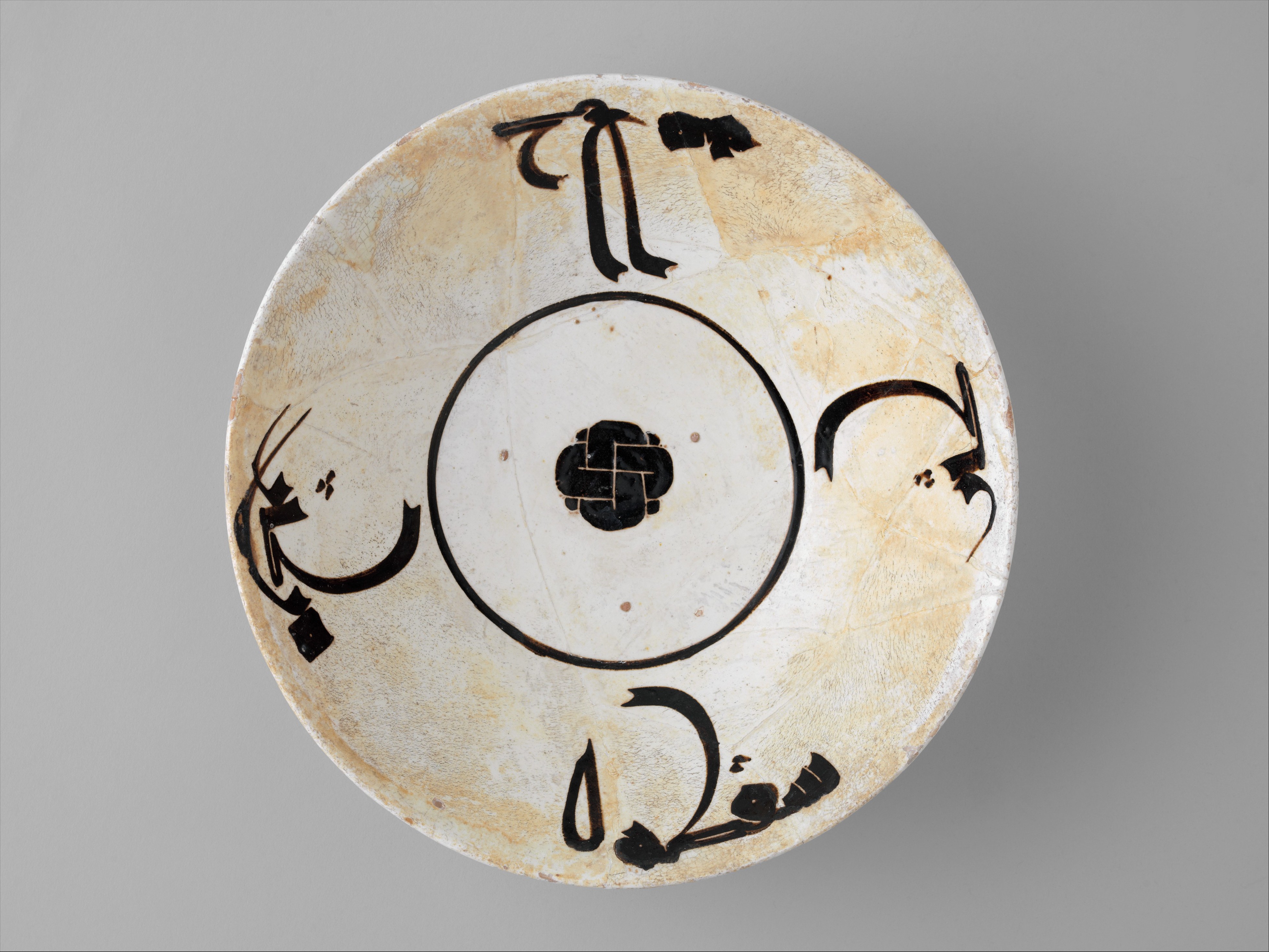
This ceramic plate transported me. When I was doing my master’s thesis at Hunter College in New York, I took a class on Islamic art and was so inspired. I thought seriously about focusing on this region for my studies. Ultimately, my professor talked me out of it—but I spent hours at the Met looking at this object. The calligraphy drew me in and took me to a time and place I couldn’t even truly imagine. And I loved that.
Excavated at Tepe Madrasa, in Nishapur, Iran, this plate, decorated with elegant Kufic script, exemplifies the sophisticated ceramic traditions of medieval Iran. Objects like this were both functional and spiritual— bridging the everyday and the divine. The inscription, often a proverb or blessing, would have been as much a part of its meaning as its form.
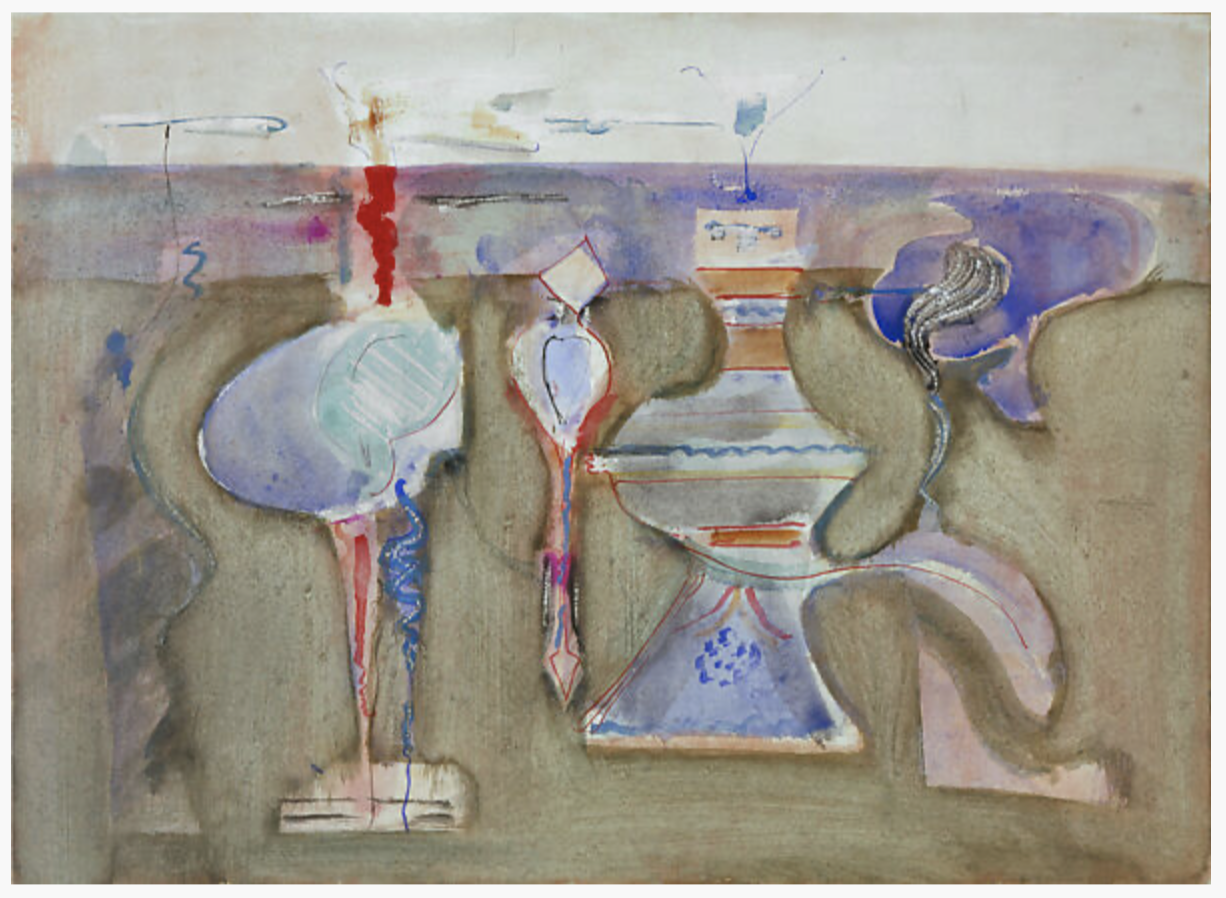
Works of art come into museum collections in many ways—one of the most common is via gift. I was struck by this Rothko because it predates his signature color fields. I’m always fascinated by beginnings. I love the Ram Dass quote: “Beginnings often hide themselves in endings,” and I’m captivated by the early signs of transformation. I discovered this piece while browsing the Met’s online collection—it entered in 2024 as a posthumous gift.
Before Rothko became synonymous with luminous fields of color, he explored myth, surrealism, and figuration. This transitional piece sits at the edge of the metamorphosis in his work. Seeing it offers insight into the searching process that led to the transcendent calm of his later work.
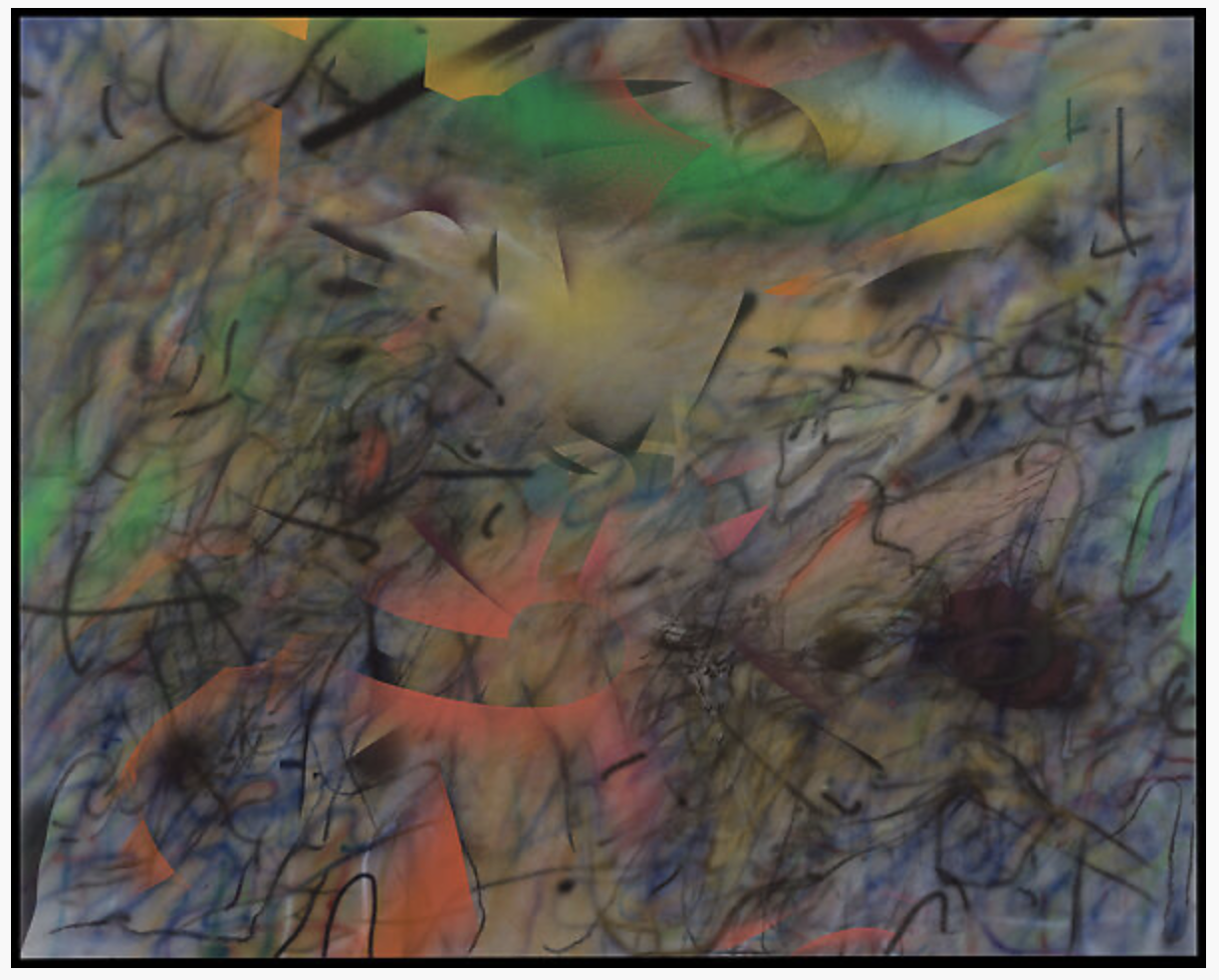
Julie is a longtime friend and collaborator. I organized a solo exhibition of her work at the Berkeley Art Museum in 2004 and later included her in Belief and Doubt, one of the most personally important exhibitions of my career, at the Aspen Art Museum in 2006. That show was shaped by the loss of my college boyfriend to suicide. I found myself, for the first time, asking real questions about the existence of God. Julie very generously answered one of those questions in her studio when I asked about the role of God in her work.
In Conversion, Mehretu layers architectural traces, gestural marks, and eroded systems of meaning. The title references a Baroque altarpiece, reimagined through abstraction. The work hums with spiritual and political resonance—an invitation to question structures, narratives, and what belief looks like today.